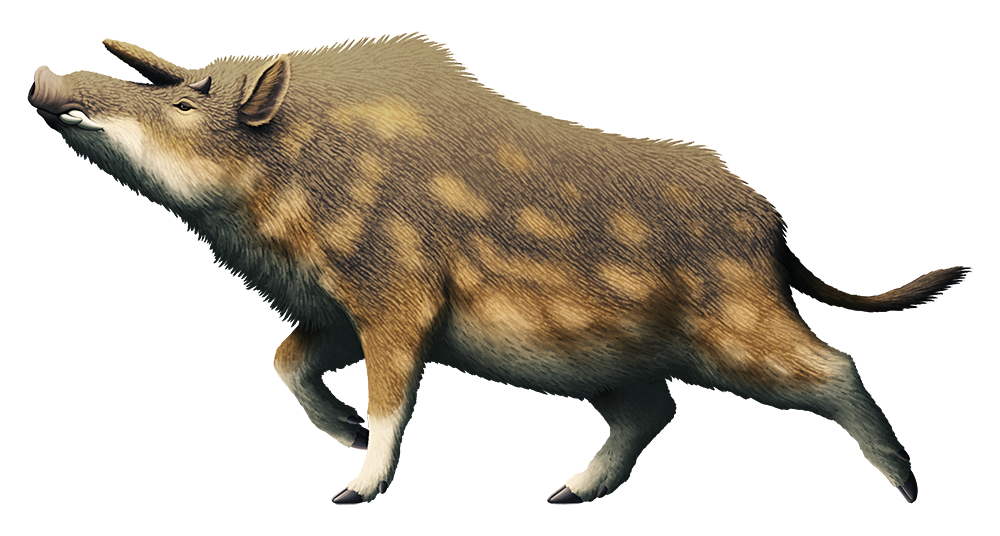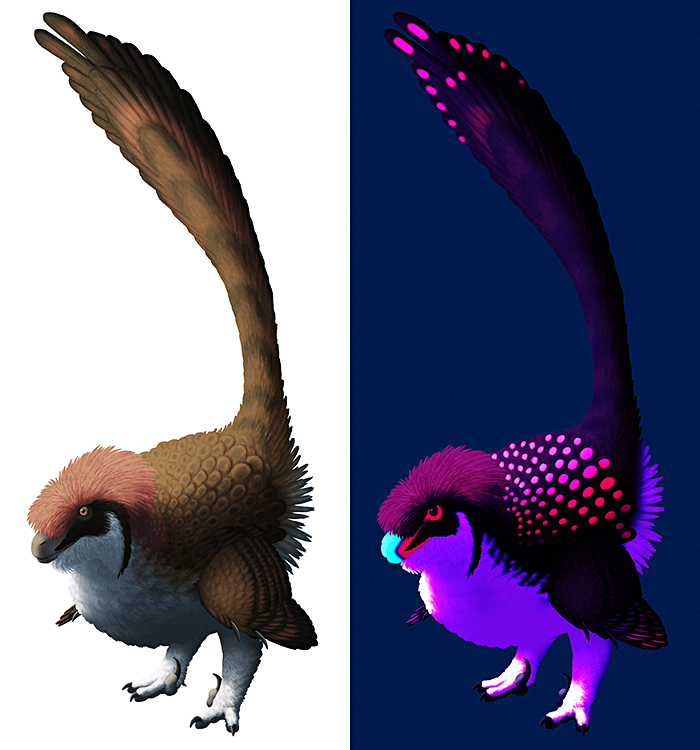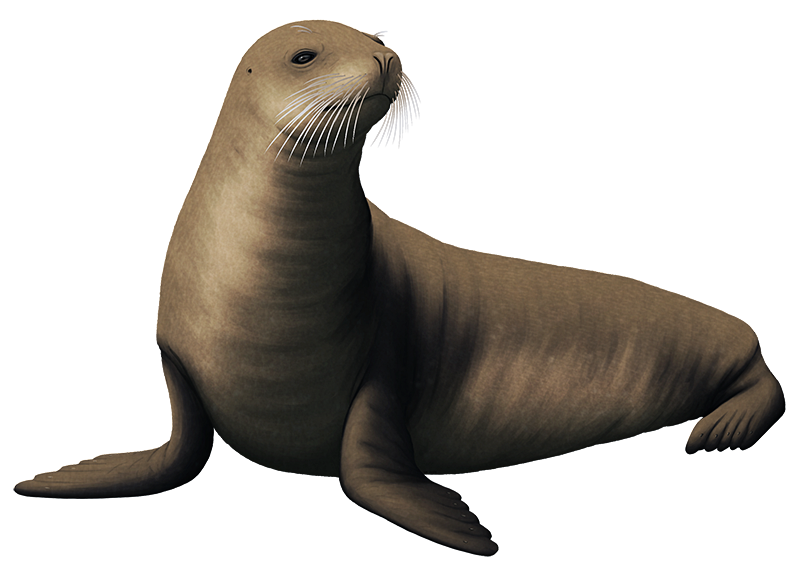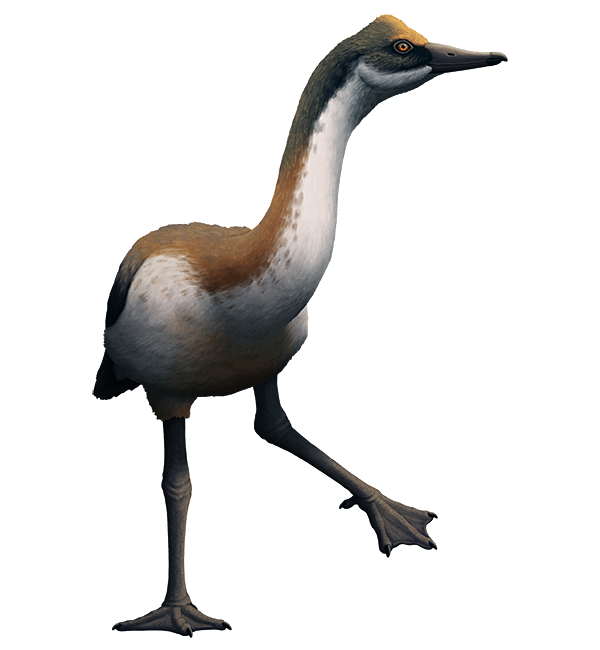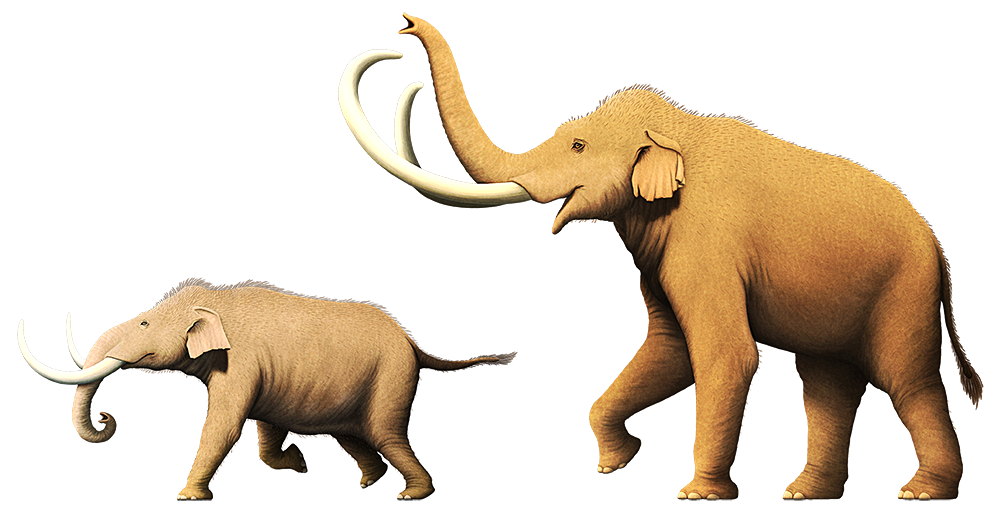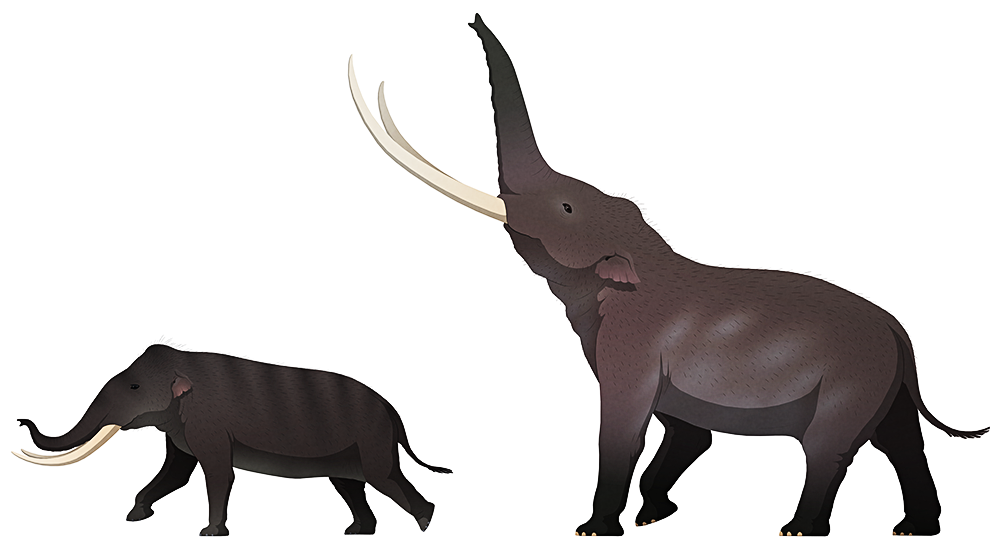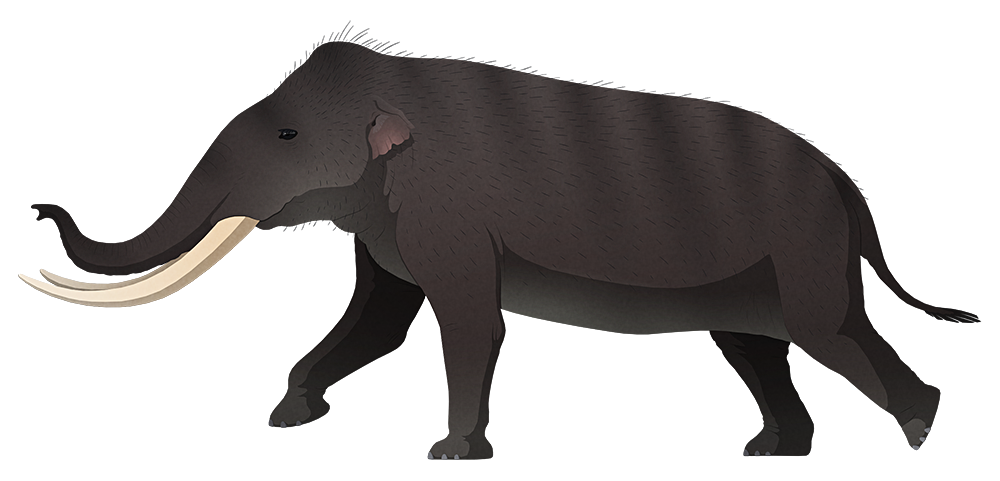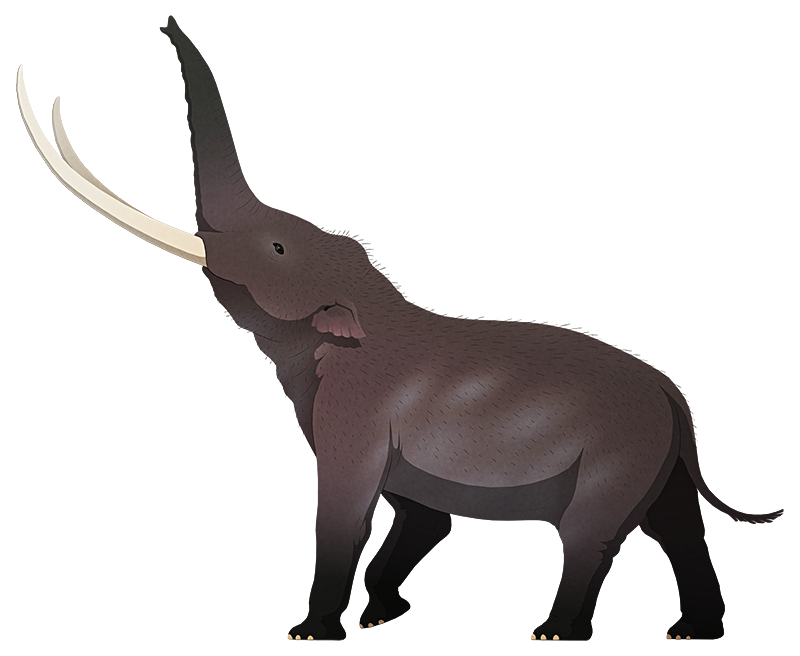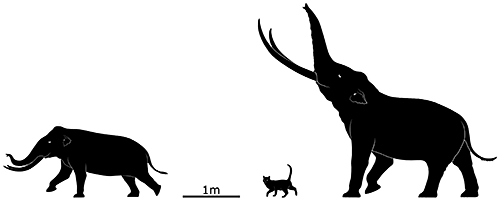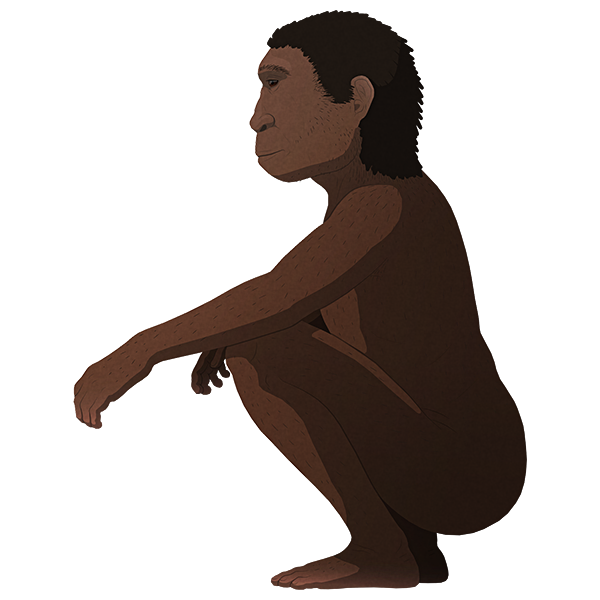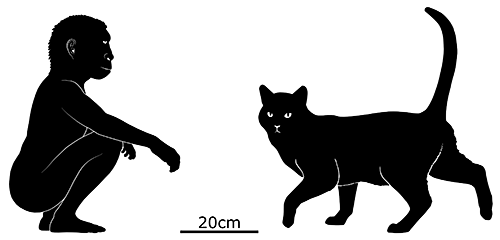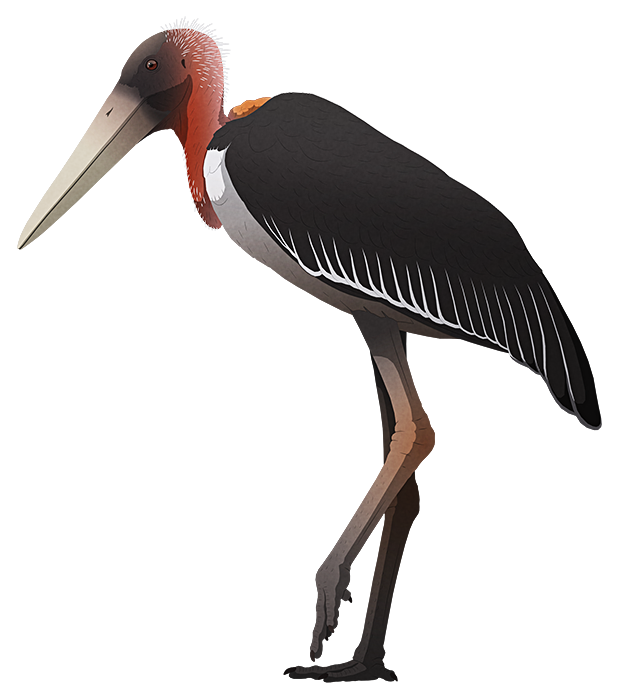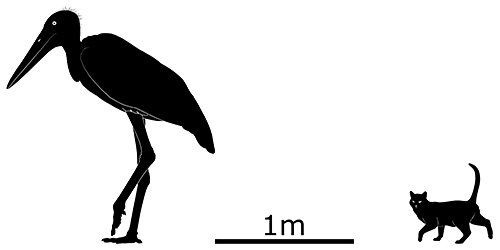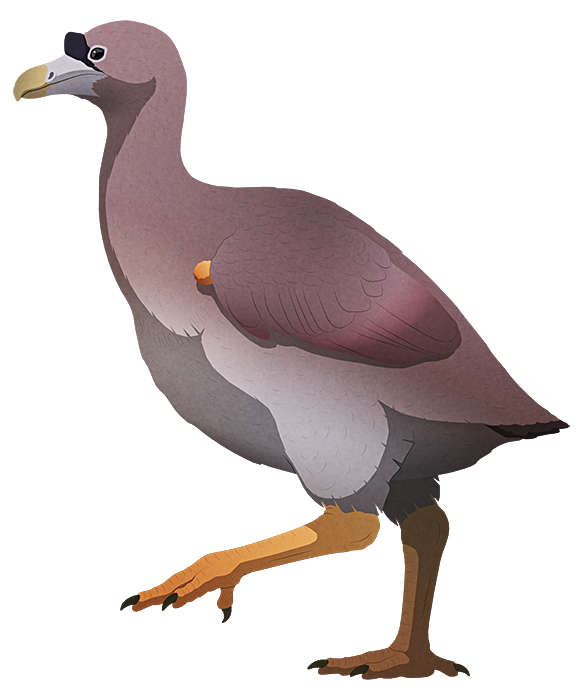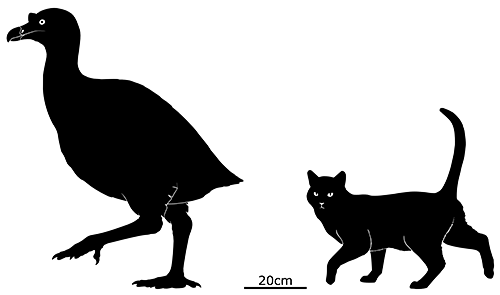Pigs were once unicorns.
Kubanochoerus gigas lived about 15-7 million years ago during the mid-to-late Miocene, and ranged across a large portion of Eurasia with fossils known from both Georgia and China.
It was one of the largest known pig species to ever live, slightly bigger than the modern giant forest hog at about 1.2m tall at the shoulder (3′11″). But its most distinctive features were its horns, with a small pair above its eyes and a single large forward-pointing one on its forehead.
A few specimens lack the large horn, and so some paleontologists consider it to be a sexually dimorphic trait possessed only by males. But it’s currently unclear whether this was actually the case, since at least one “hornless” skull has been reported with the distinctive larger tusks also associated with male pigs – so it’s possible that the horned and hornless Kubanochoerus were actually separate species!

